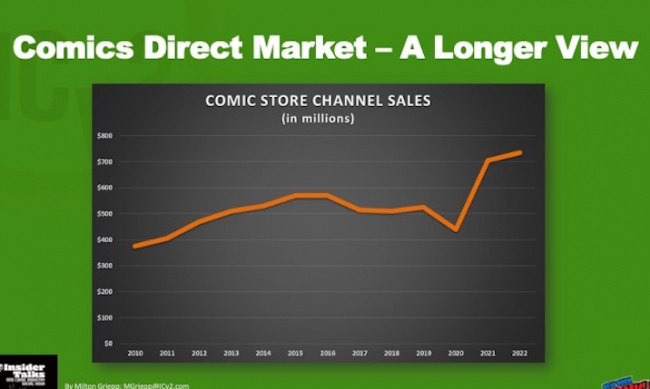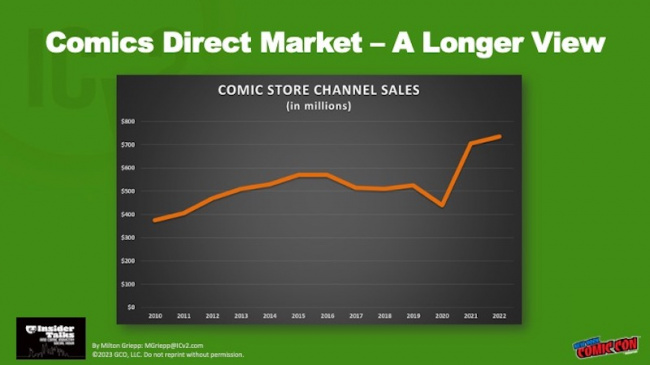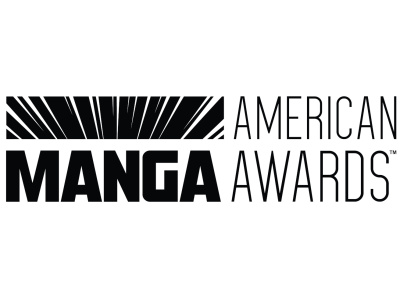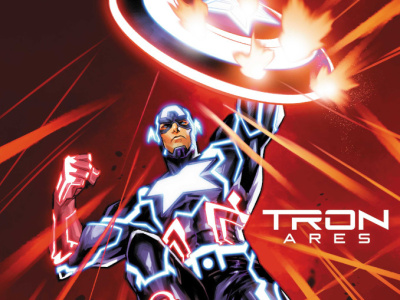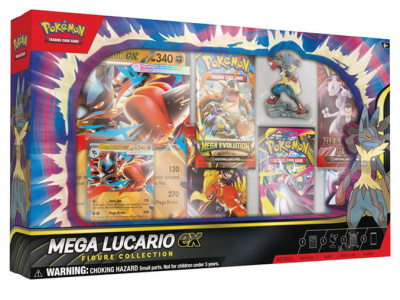Overall, dollar sales in the comics store channel nearly doubled between 2010 and 2022, with a gradual increase until 2016, then a slow decline until 2020, when sales dropped sharply due to the COVID-19 pandemic. After that, though, sales climbed steeply from 2020 to 2021 and somewhat less so from 2021 to 2022 (see "Covid Trends Crested").
The picture is a mixed one, however. Inflation rose by 41% between 2010 and 2022, while comic book sales were up about 40%, so periodical comic sales barely kept pace with inflation. On the other hand, graphic novel sales were 4.6 times as large in 2022 as in 2010. “All of the growth in comic stores, at least relative to inflation, was in graphic novels,” Griepp concluded.
Publishers such as DSTLRY and Oni Press have been experimenting with new formats and packaging for periodical comics, with larger trim sizes, and page counts and shorter series. “People seem to be wanting more pages and a nicer presentation,” Griepp noted.
Graphic novels have the potential to fuel growth in the direct market, and retailers can nurture that by building a community of readers with shared tastes, he said. Unlike big-box stores, comic shops can offer curation and build a sense of authenticity, and they can expand by learning more about manga, webtoons, and kids’ graphic novels and building those collections as well.
And in a market that was built on nonreturnability, Griepp said it may be time to consider whether retailers buying at least some of their graphic novel supply on bookstore terms, with longer credit and returnability, would allow comic shops to better compete in book format products.
For more on the Direct Market on the occasion of its 50th anniversary, see "Direct Market 50th Anniversary."



